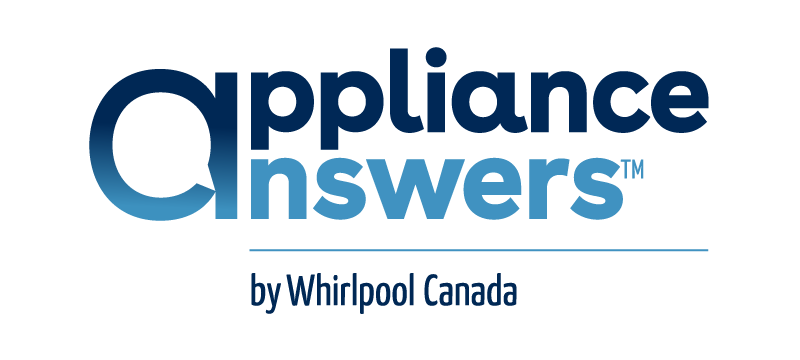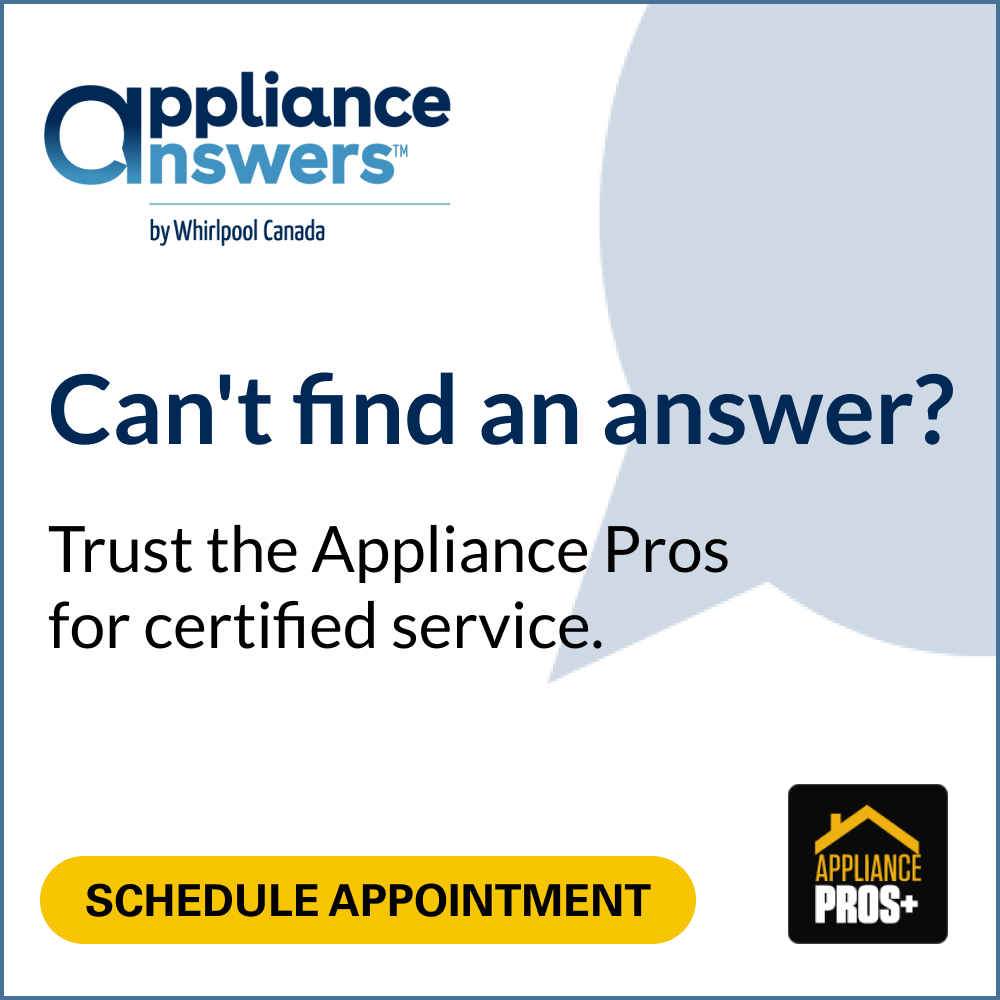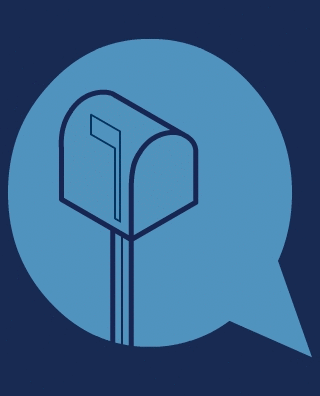Is it time to replace your cooktop? Discover the benefits of ceramic cooktops and why they are appealing to many homeowners today.

Table of Contents

Understanding Ceramic Cooktops: How Do They Work?
A ceramic cooktop is one that has a smooth and even surface made of ceramic glass. Appliance stores tend to group all ceramic cooktops together, but there are actually several options available:
- Radiant heating consists of metal coils under a ceramic glass sheet.
- Induction cooktops work via a copper wire coil under the cooktop that generates electromagnetic energy. This magnetic energy then interacts with compatible cookware to heat it.


Radiant vs. Induction Cooktops: What's The Difference?
When compared to other types of electric cooktops, induction cooktops tend to produce greater cooking efficiency by heating the cookware directly, rather than merely warming the surface, as is the case with other electric range/cooking options.
So, the cookware becomes the heat source, and the cooktop does not start heating until a pan is placed on it. Induction cooktops are becoming increasingly popular because they are highly efficient, easy to clean, and can reach a boil or drop in temperature quickly. This can result in a faster cooking time, especially in pots, with water coming to a boil sooner.

Pros and Cons of Ceramic Cooktops
The Pros of Ceramic
- They are easy to clean, which makes them an excellent replacement for gas cooktops and ranges. Gas ranges/cooktops have grates and burner caps, which you’ll need to remove or clean around. On the other hand, ceramic cooktops are completely smooth with no grates to collect oil.
- Many radiant cooktops have heat indicators that show when the stovetop is heated, and induction cooktops do not heat until a pan is placed on them.
- There is a growing trend towards seamlessly integrated appliances, and a ceramic cooktop blends in beautifully with its surroundings.
- If you choose induction, you will also enjoy these added benefits:
- Improved cooking results due to better temperature control.
- Improved efficiency can result in faster cooking times. The Department of Energy reports improved efficiency as 85% of the energy goes directly to the cookware with induction ranges.
- With induction cooking, less hot air is released into the kitchen.
- An instant response to a temperature change.
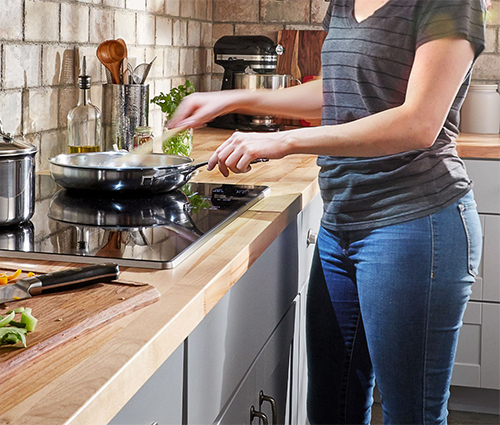
What Are The Downsides of Ceramic Cooktops?
In general, there are very few downsides to ceramic cooktops. Here are a few to consider:
- Ceramic cooktops are generally more expensive than coil cooktops.
- Some owners may be concerned about scratches on the glass. Surfaces can be scraped or cracked by pans with a rough bottom or by dropped items.
- The heat delivery on radiant cooktops tends to be less responsive or slower than that of gas or induction cooktops. Choosing an induction ceramic cooktop can result in improved heat delivery offering high heat output, high control of temperatures, and very fast heating time. This makes it a great choice for cooks looking for the professional results you get with a gas range.
- When you choose an induction range or cooktop, remember that not all cookware is induction-compatible. Ferromagnetic iron cookware is required.
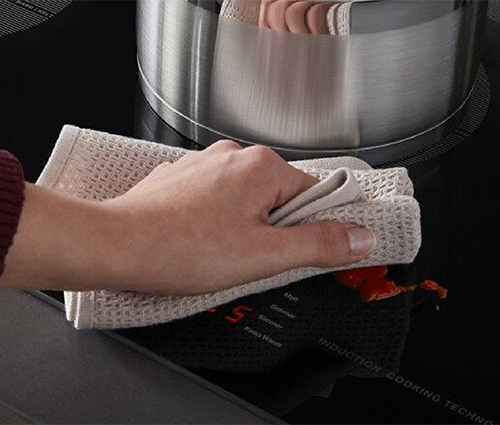

Tips for Taking Care of Your Stovetop
Here are some tips to help preserve your smooth-top electric range or cooktop over time.
- Do not place jars or cans on the cooktop. A heavy object may crack the cooktop if it is dropped on it.
- Don’t leave a hot lid on your cooktop as it may damage it. It is possible to trap air between the lid and the cooktop as it cools, and the ceramic glass may break when the lid is removed.
- Immediately clean up food that contains sugar if it spills. Let the cooktop cool down slightly. While the surface is still warm, use a scraper to remove the spills while wearing oven mitts. The sugary spills can cause permanent marks if the top is left to cool down.
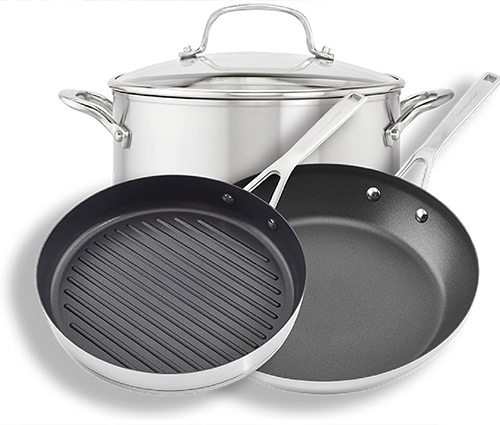
- Do not slide cookware or bakeware across a hot cooktop, as this can cause scratches. Using cookware or bakeware with copper or aluminum bottoms or rough finishes can also leave scratches or marks on the cooktop.
- It is not advisable to cook popcorn in aluminum containers on a cooktop. They could leave aluminum marks that cannot be removed completely.
- Avoid touching any part of the entire cooktop with objects that might melt, such as plastic or aluminum foil.
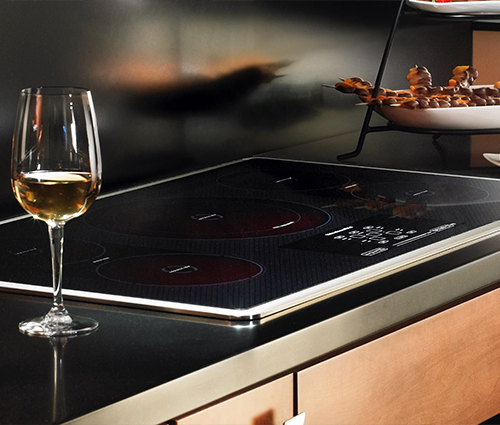
- Avoid using your cooktop as a cutting board.
- The best way to conduct heat is with flat-bottomed cookware. Uneven heating and poor cooking results may occur in cookware with rounded, bent, marred, or dented bottoms. Measure the flatness of a cookware’s bottom by holding a ruler’s straight edge against the bottom and turning the cookware. It should not be possible to see any space or light between your ruler and the cookware while it is rotating.
- Be sure that pots and pans are clean and dry before using them. When water and residue are heated, they can leave deposits.
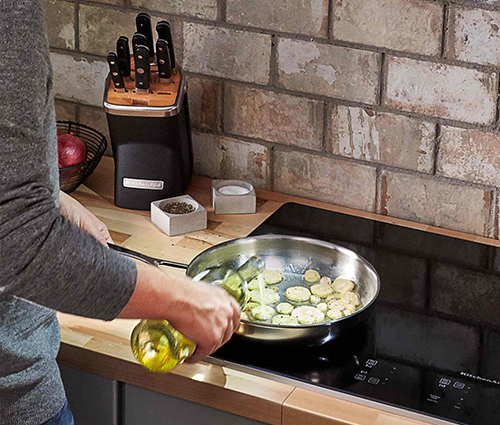
- Do not place hot glass bakeware from the oven to cool on a smooth cooktop. Glass bakeware should be placed on a dry towel on a counter to cool.
- In addition to ceramic and stoneware cooking vessels that have unfinished, rough bases, other cookware can scratch the glass. This should be your oven bakeware instead.
- You should use a soft sponge or cloth to clean instead of a metal pad, which can scratch surfaces. Use a cleaning solution made specifically for ceramic or glass cooktops.
- Avoid standing directly on top of (to reach ceiling height) or placing anything especially heavy on a smooth cooktop. At first glance, it may seem that the glass can support the weight, but when the glass or ceramic is heated, it may shatter or break.
- Avoid placing stirring utensils on a warm stovetop when cooking. Cooktops can be marked or burned by utensils that have foods on them, which can take longer to clean.

Ready To Get Started?
You may now be more interested in achieving the efficiency that ceramic cooktops can offer in order to maximize your cooking experience.
Our Cooktop Buying Guide Tool makes it easy to find a cooktop that meets your needs.
